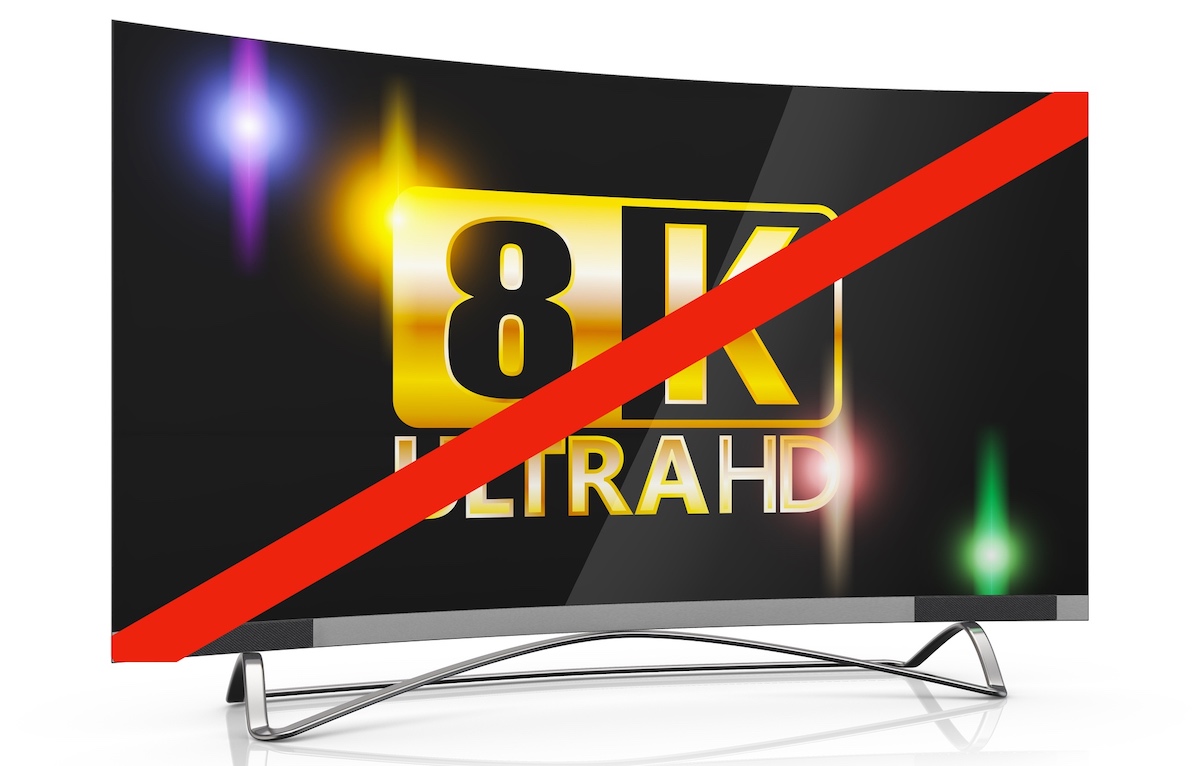
New EU Energy Savings Regulations Restrict Use Of 8K Displays, MicroLED
March 1, 2023 by Dave Haynes
Sixteen:Nine’s German language content partners invidis have an interesting post up this morning that notes how energy efficiency requirements that come into effect today in the European Union restrict the use of 8K by display manufacturers.
The primary concern with 8K is that energy consumption for an 8K display is double that of a 4K-rated screen, and given energy availability and cost concerns that track to Russia’s invasion of Ukraine, super high resolution for watching TV is not considered essential.
From March 1, 2023, stricter minimum requirements for the energy efficiency of displays will apply in the EU, invidis notes. There are no longer any exceptions for 8K and MicroLED in private households.
The display industry, on the other hand, also wants to promote the spread of 8K technologies and content among consumers. With the lobby group 8K Association, Samsung and Co are investing in the expansion of the 8K ecosystem.
In addition to Samsung, the 8K Association also includes the largest Chinese suppliers of LCD and LED: BOE and AUO. But not only technology manufacturers, also Amazon Prime Video and Imax Corporation, Google and Intel belong to it, as well as 26 other companies and organizations – they all want to promote and promote the 8K ecosystem.
The 8K Association argues that 8K is not just an extension of 4K. It is only from a resolution of 8K that viewers can no longer distinguish between reality and image. In order to be completely immersed in a video, an 8K resolution is necessary. This has been proven by a study by Kenichiro Masaoka, a scientist at the Japanese broadcast company NHK. Other factors for good picture quality are HDR, strong colors and high brightness, but realistic pictures are not possible without 8K, according to the 8K Association.
According to display manufacturers and content creators, 8K is justified, even in the consumer sector. However, 8K devices are still a long way from the living room standard, because 8K media content for mass consumption is still rare. According to the current status, the energy consumption is also more than twice as high as with 4K (190 watts vs. 83 watts). Too high, says the second stage of the EU eco-design regulation for electronic displays. The current limit is 90 watts.
For manufacturers, this means that they can only deliver 8K devices with energy-saving presets – i.e. without 8K.
This post goes into why the EU regulations are relevant for the digital signage industry .



As the 8KAssociation reported in December, set makers will get around the regulation by shipping sets with a low level ‘Eco’ brightness mode. The EU mandated testing using ‘out-of-box’ settings some years ago to try to get set makers to avoid shipping sets in ‘vivid mode’ which typically used more power.
Clever but sneaky 🙂